
The Village
Trégastel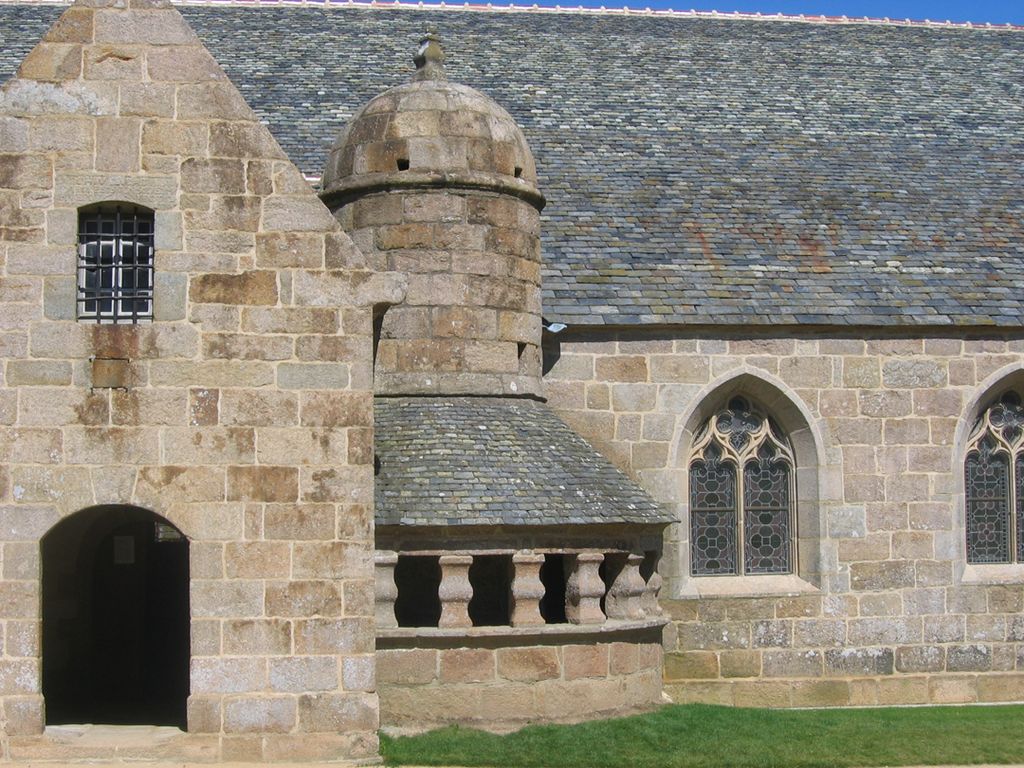
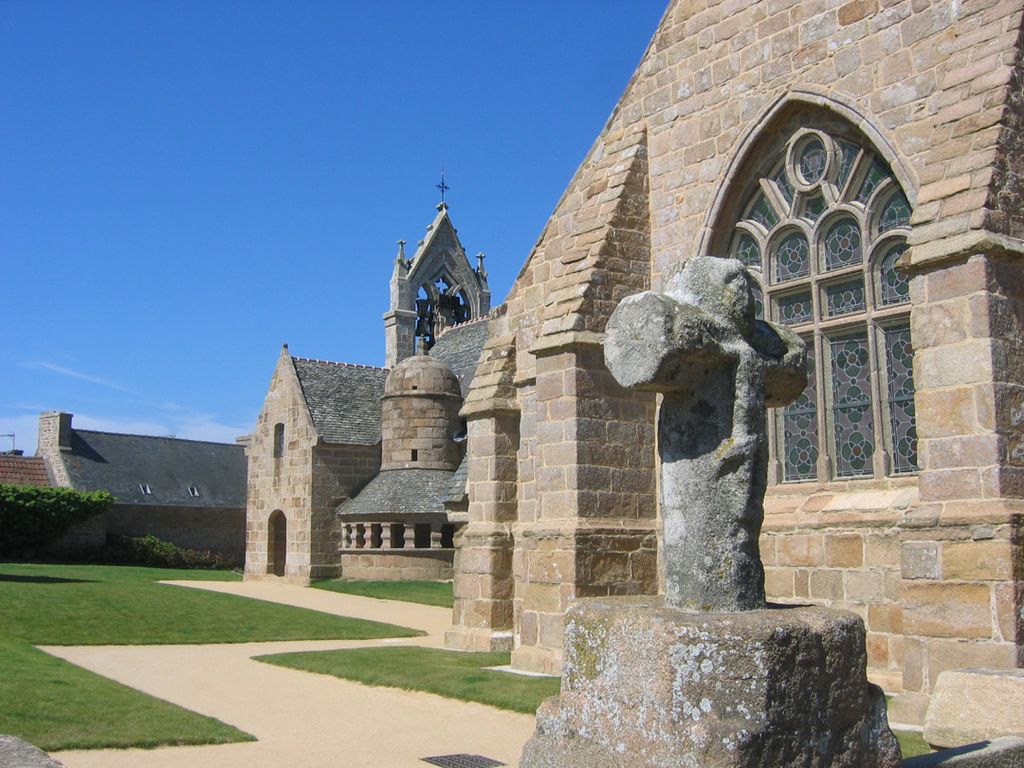
About
This church was built in several stages. The original building, dating back to between the twelfth and thirteenth centuries, was modified several times over the centuries. In the seventeenth century, an ossuary was added to house bones from the cemetery, an unusual feature of the church. During your visit, be sure to take a look at the balustered gallery and granite dome. In the nineteenth century, the campanile with three bells was replaced with the granite arcature which you can see today. In the close, you will find the tomb of the Breton writer Charles le Goffic. Passionate about the area, he celebrated its identity throughout his life (1863-1932) through numerous literary works.
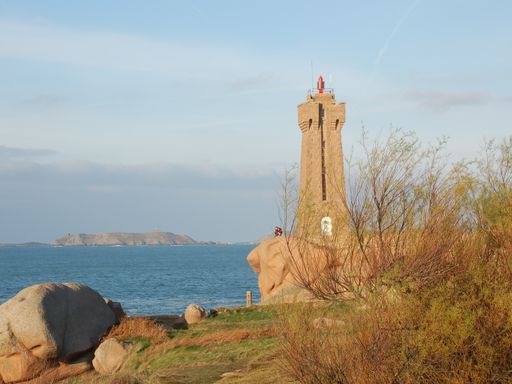

Ploumanac‘h lighthouse and rocks
Perros-Guirec
The pink granite lighthouse stands in the middle of the chaotic rock formations formed by the erosion of cooled magma then shaped by the rain, salty sea spray and wind. Its name, "phare de Mean Ruz",...  See
See


Bihit Point
Trébeurden
Jutting out into the sea, Bihit Point offers a magnificent panoramic view. The grey, jagged rock which forms this headland and the small island to its left, Île Mignonne, is the oldest in Europe. It...  See
See
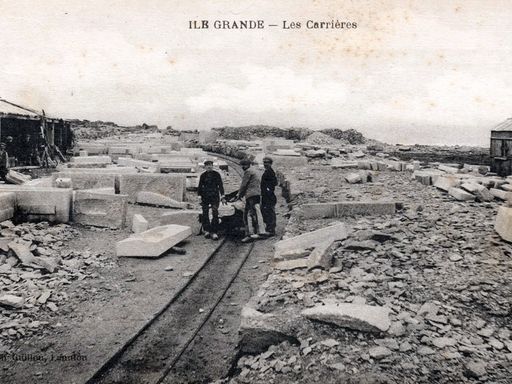

Castel Erek (Île Grande)
Pleumeur-Bodou
In this haven of peace, owned by the Conseil Général (local authorities), you will find the Sept Îles nature reserve building, which houses a permanent exhibition and the bird care centre of the...  See
See
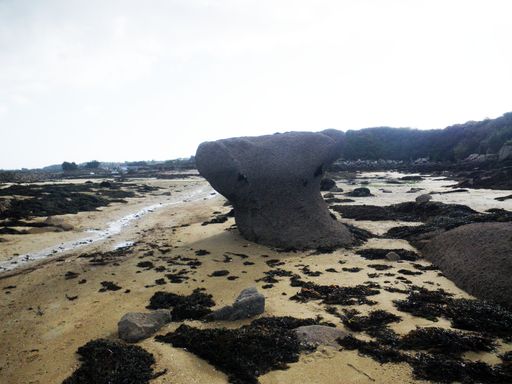

Toëno
Trébeurden
The Toëno area, which shows evidence of the granite extraction work of the nineteenth and twentieth centuries, is also a marshland of outstanding ecological value. If you visit at low tide, you will...  See
See




